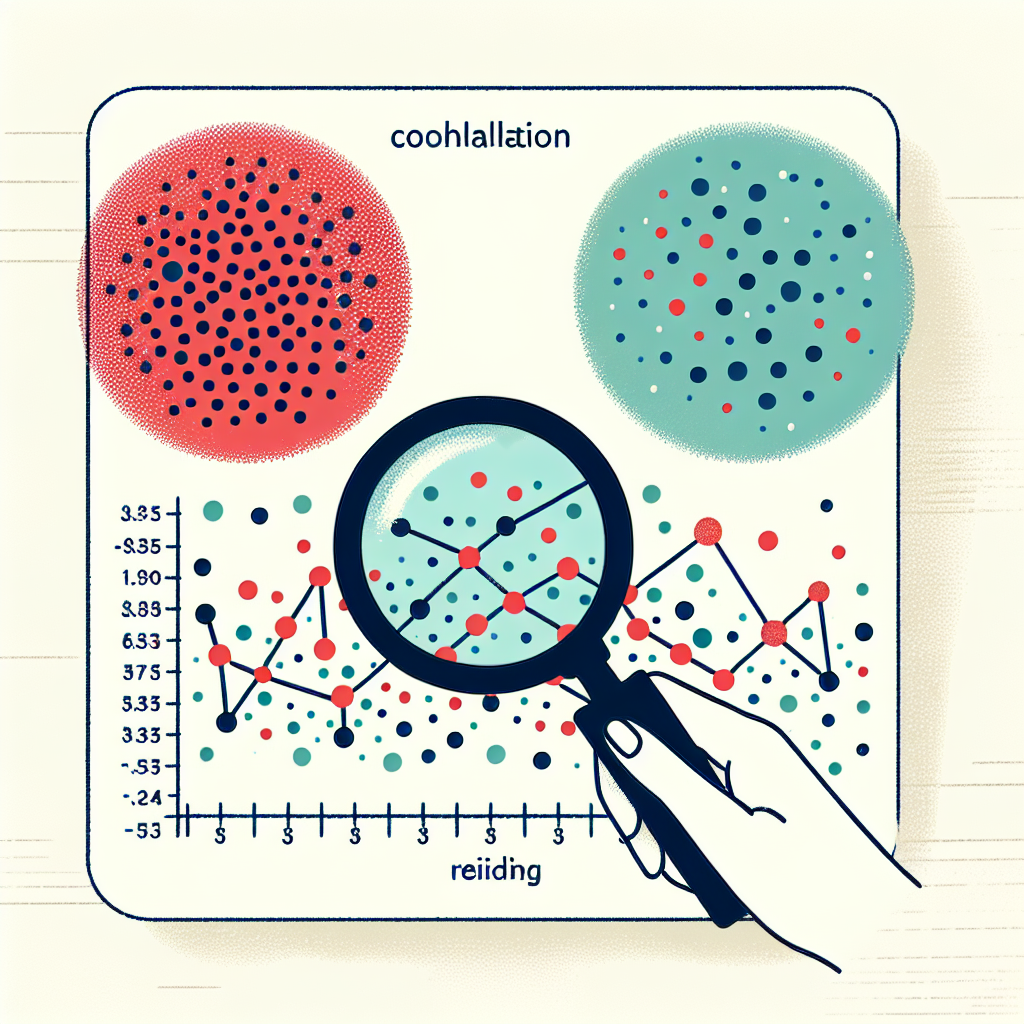Correlational research examines the relationship between two or more variables. It helps researchers identify patterns, trends, and associations without establishing a cause-and-effect relationship. This type of research is essential in various fields, including medicine, psychology, and social sciences. StatisMed, a company specializing in statistical analysis services for medical doctors, offers comprehensive support for correlational research studies.
Correlational research examples can provide valuable insights into different phenomena. Let’s explore some notable examples.
Medical Correlational Research Examples
- Smoking and Lung Cancer
- Researchers have studied the relationship between smoking and lung cancer incidence.
- This research shows a positive correlation, meaning that as smoking increases, so does the incidence of lung cancer.
- Exercise and Heart Health
- Studies have shown that regular exercise is correlated with improved heart health.
- This negative correlation indicates that more exercise is associated with a lower risk of heart diseases.
- Obesity and Diabetes
- There is a well-documented correlation between obesity and the risk of developing diabetes.
- Researchers use this data to develop prevention and treatment strategies.
Psychological Correlational Research
- Stress and Academic Performance
- Studies indicate a negative correlation between stress levels and academic performance.
- Higher stress levels are often associated with lower academic achievements.
- Self-Esteem and Social Media Usage
- Research has explored the correlation between social media usage and self-esteem.
- Findings suggest a complex relationship, with some studies showing a negative correlation, while others indicate a positive one.
- Sleep and Cognitive Functioning
- A positive correlation exists between adequate sleep and improved cognitive functioning.
- This research highlights the importance of sleep for mental performance.
Social Sciences Correlational Research
- Income and Education Level
- There is a positive correlation between income and education level.
- Higher education levels are often associated with higher income.
- Crime Rates and Unemployment
- Studies have found a positive correlation between crime rates and unemployment.
- Higher unemployment rates are linked to increased crime rates.
- Technology Use and Social Interaction
- Research has examined the correlation between technology use and face-to-face social interaction.
- Results vary, with some studies showing a negative correlation and others indicating no significant relationship.
Importance of Correlational Research
Correlational research is crucial for identifying and understanding relationships between variables. It provides a foundation for further experimental research and helps in the development of theories and models.
Advantages of Correlational Research
- Identifies Relationships: Correlational research helps in identifying relationships between variables, which can lead to new hypotheses.
- Non-Intrusive: This research method does not manipulate variables, making it non-intrusive and ethical for many studies.
- Supports Further Research: It lays the groundwork for experimental research by highlighting significant associations that warrant further investigation.
Limitations of Correlational Research
- No Causation: Correlational research cannot establish cause and effect, only associations.
- Third-Variable Problem: Sometimes, a third variable not accounted for may influence the relationship between the studied variables.
- Directionality Problem: It is challenging to determine the direction of the relationship; whether variable A affects variable B or vice versa.
How to Conduct Correlational Research
- Identify Variables: Determine the variables you want to study.
- Collect Data: Gather data using surveys, observations, or archival research.
- Analyze Data: Use statistical tools to analyze the relationship between variables.
- Interpret Results: Interpret the correlation coefficient to understand the strength and direction of the relationship.
Tools for Correlational Research
Several tools can aid in conducting correlational research:
- Statistical Software: Software like SPSS, SAS, and R can perform correlational analysis.
- Survey Platforms: Platforms like SurveyMonkey and Qualtrics help in data collection.
- Data Visualization Tools: Tools like Tableau and Power BI can visualize correlations.
Conclusion
Correlational research is a powerful tool for uncovering relationships between variables. It is widely used in various fields to provide insights and inform decisions. StatisMed offers expert statistical analysis services to support correlational research, ensuring accurate and reliable results. For more information on our services, visit our services page or contact us.
By understanding and utilizing correlational research, researchers can make significant contributions to their fields and drive innovation and knowledge.





